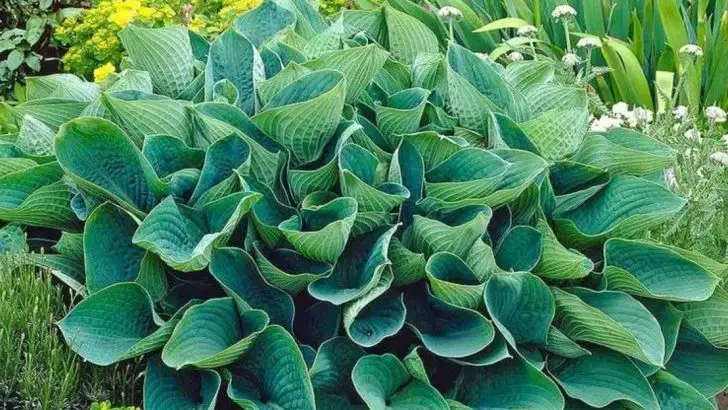If your perennials aren’t blooming as much as they used to, it might be time to divide them. Many popular plants—like daylilies, hostas, and irises—become overcrowded over time, leading to fewer flowers and weaker growth.
Dividing perennials keeps them healthy, encourages more blooms, and prevents them from taking over your garden. It also gives you free plants to spread around your yard or share with friends!
These 20 must-divide perennials will reward you with stronger, more vibrant growth year after year—just make sure to do it at the right time!
Hosta

Hostas are shade-loving plants with broad, lush foliage that can quickly become overcrowded. To maintain their vigor, divide them every three to four years. This process involves digging up the clump and separating it into smaller sections, ensuring each has roots and shoots. New divisions can be replanted in well-draining soil. Regular division not only revitalizes the hosta but also reduces the risk of diseases. It’s best performed in early spring or fall when the plant is not in active growth. Enjoy the fresh foliage and vibrant hues each season.
Daylily
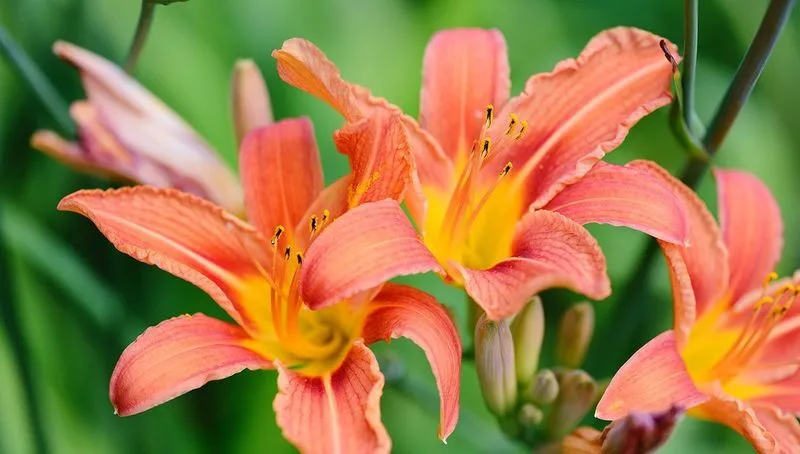
Daylilies are celebrated for their vibrant, trumpet-shaped blooms and adaptability. Over time, they can form large clumps that flower less prolifically. Dividing daylilies every three to five years encourages more abundant blooms. Simply dig up the clump, shake off excess soil, and pull apart sections, ensuring each has roots. Replant the divisions in a sunny spot with good drainage. This practice not only rejuvenates the plants but also allows for better air circulation. Regular division ensures healthier growth and a more striking display in your garden.
Bearded Iris
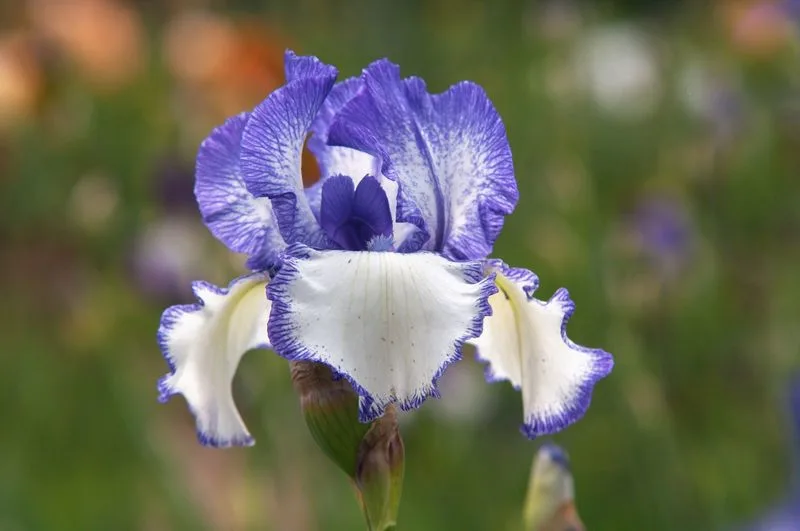
Bearded irises are known for their striking flowers and sword-like leaves. To maintain their beauty, divide the rhizomes every three to four years. This involves lifting the clump and cutting the rhizomes into sections, ensuring each piece has a fan of leaves. Discard any old or diseased parts. Replant the healthy divisions in a sunny area with well-drained soil. Regular division prevents overcrowding and promotes healthier blooms. Performing this task in late summer allows the irises to establish before winter. Enjoy a dazzling display of irises year after year.
Peony
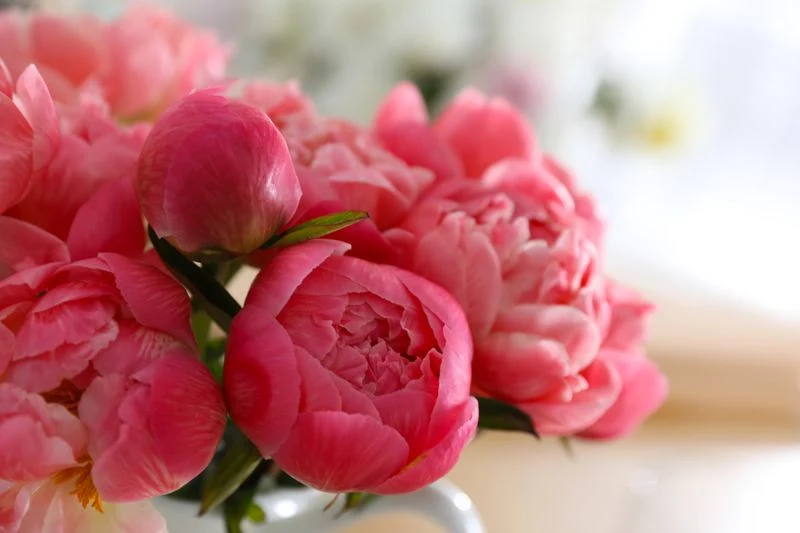
Peonies are cherished for their large, fragrant blooms. To keep them flourishing, divide the roots every five to ten years. This should be done in the fall when the plant is dormant. Lift the root clump and cut it into sections, ensuring each has at least three eyes. Replant the divisions in a sunny spot with rich, well-draining soil. Dividing peonies can be labor-intensive but results in better blooms and plant health. It’s also an opportunity to propagate new plants. Watch your rejuvenated peonies grace your garden with elegance.
Sedum
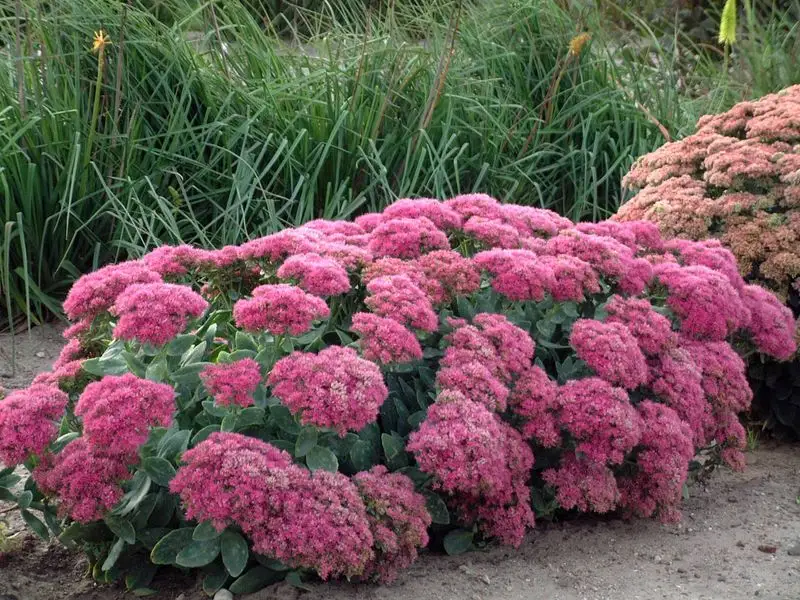
Sedum, or stonecrop, is a hardy succulent known for its drought tolerance and vibrant flowers. Over time, it can become leggy or sparse. Dividing sedum every few years keeps it compact and floriferous. Lift the plant and separate it into smaller pieces, ensuring each has roots and stems. Replant divisions in a sunny area with well-draining soil. This not only revitalizes the plant but also enhances its appearance. Sedum can be divided in spring or early fall. Enjoy the colorful blooms and foliage that add texture to your garden.
Shasta Daisy
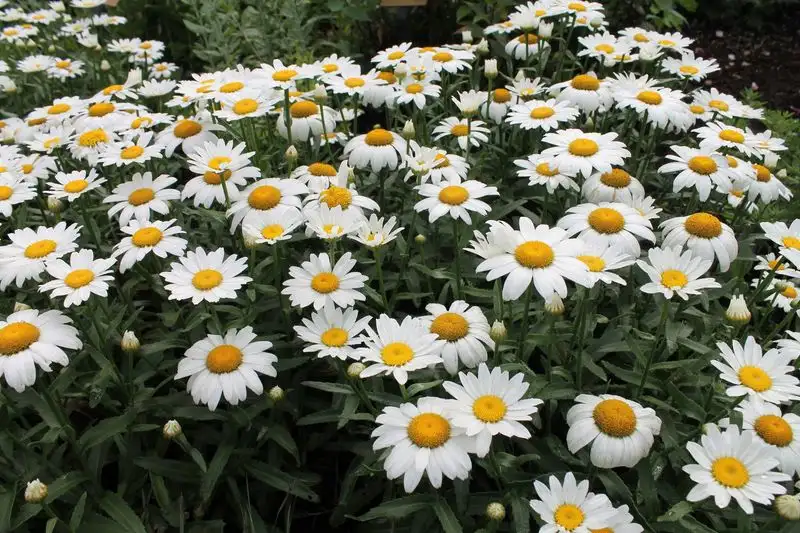
Shasta daisies bring cheerful blooms to any garden with their classic white petals and yellow centers. Over time, they can become congested. Divide them every two to three years to encourage vigorous growth. Lift the clump, gently separate the sections, and ensure each has roots. Replant in a sunny location with well-drained soil. This process not only rejuvenates the daisy but also enhances its flowering potential. Division is best done in early spring or late summer. Experience the fresh, abundant blooms that brighten your garden paths.
Yarrow
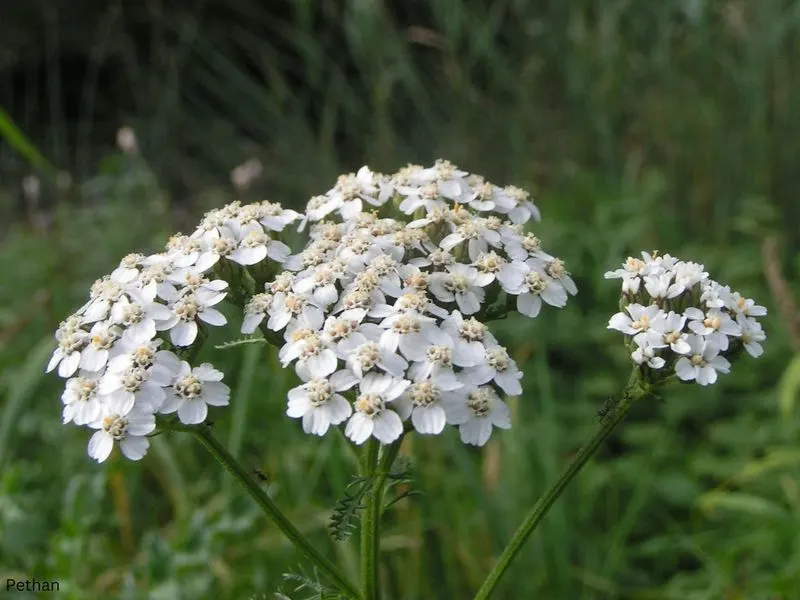
Yarrow is valued for its feathery foliage and flat-topped clusters of flowers. To keep it thriving, divide every two to three years. This involves digging up the plant and separating it into smaller clumps. Ensure each division has both roots and foliage. Replant in a sunny spot with well-draining soil. Regular division prevents overcrowding and enhances flowering. Yarrow is resilient, making it ideal for various garden settings. Perform this task in spring or fall for best results. Enjoy the colorful blooms that attract pollinators and add charm to your landscape.
Coneflower
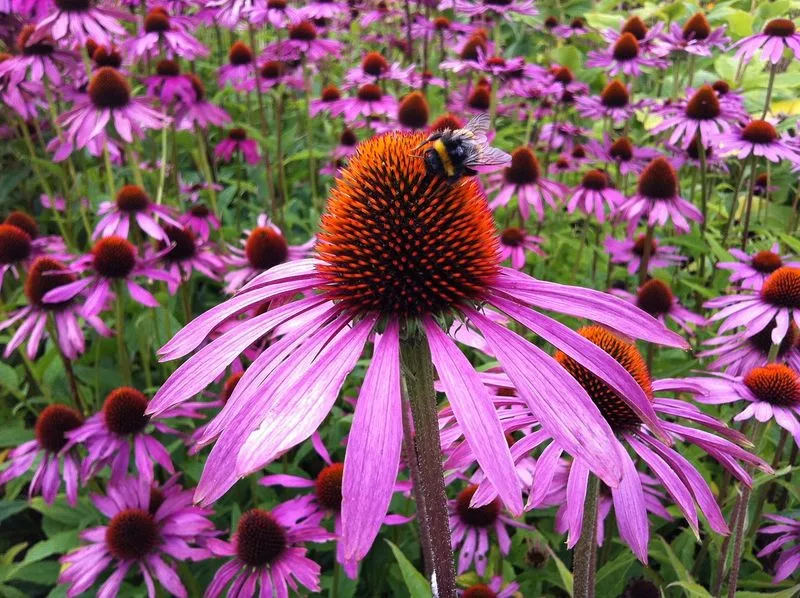
Coneflowers offer stunning daisy-like blooms that attract pollinators. To maintain their beauty and performance, divide them every three to four years. Dig up the clump and gently separate it into smaller sections, ensuring each has roots. Replant the divisions in a sunny location with well-drained soil. Division supports healthier growth and more prolific blooming. This task is best performed in early spring or fall. Watch your coneflowers flourish and bring vibrant color and life to your garden. The divided plants are also great for sharing with fellow gardeners.
Astilbe
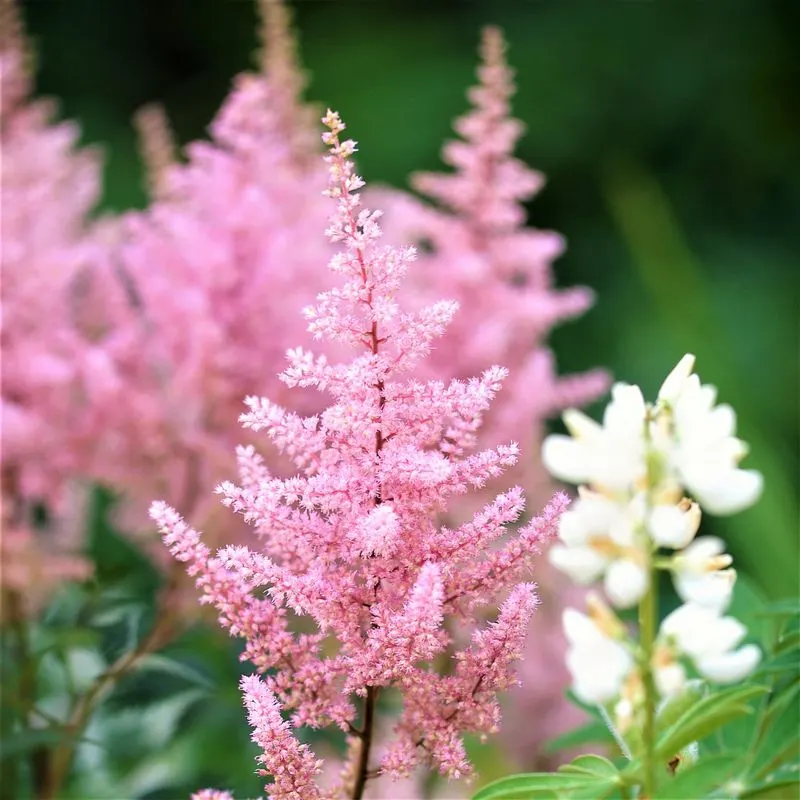
Astilbes are celebrated for their feathery plumes and shade tolerance. They can become crowded over time, affecting bloom quality. Divide them every three to four years. Lift the clump and separate it into smaller pieces, ensuring each has roots and shoots. Replant in a shaded area with moist, rich soil. Division not only promotes healthier growth but also prolongs the plant’s life. Perform this task in early spring or fall. Enjoy the delicate, colorful blooms that astilbes bring to shaded garden spaces, enhancing texture and interest.
Phlox
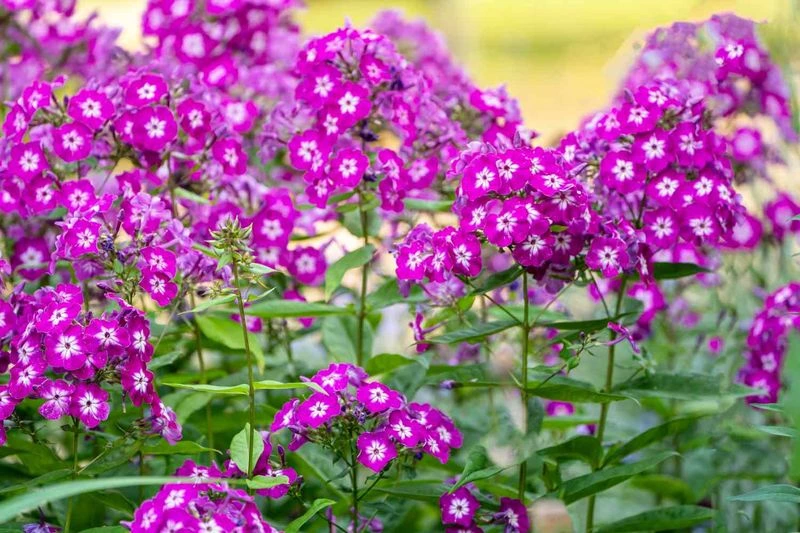
Phlox is known for its fragrant, vibrant blooms that attract butterflies. To maintain its vigor, divide the plant every three to four years. This involves lifting the entire clump and gently separating it into smaller sections. Ensure each division has roots and foliage. Replant in a sunny area with well-drained soil. Regular division prevents overcrowding and enhances blooming. This practice is best performed in spring or early fall. Enjoy the continuous, colorful display of phlox that enlivens your garden. Share the divided sections with friends or family gardeners.
Lamb’s Ear

Lamb’s ear is adored for its soft, silvery leaves that add texture to any garden. Over time, it can spread and become unruly. Divide every two to three years to control growth and maintain vigor. Lift the clump and separate it into smaller sections with roots. Replant in a sunny location with well-drained soil. This keeps the plant looking tidy and promotes new growth. Division is best performed in spring or early fall. Enjoy the unique texture and subtle beauty that lamb’s ear contributes to garden beds.
Black-eyed Susan

Black-eyed Susans are beloved for their bright, daisy-like blooms and long flowering season. To keep them thriving, divide every three to four years. Dig up the clump and separate it into smaller sections, ensuring each has roots. Replant in a sunny area with well-draining soil. Regular division prevents overcrowding and supports healthier growth. This task is best done in early spring or fall. Experience the cheerful blooms that black-eyed Susans bring to your garden. Dividing also allows for the expansion of these vibrant flowers to new areas.
Coreopsis
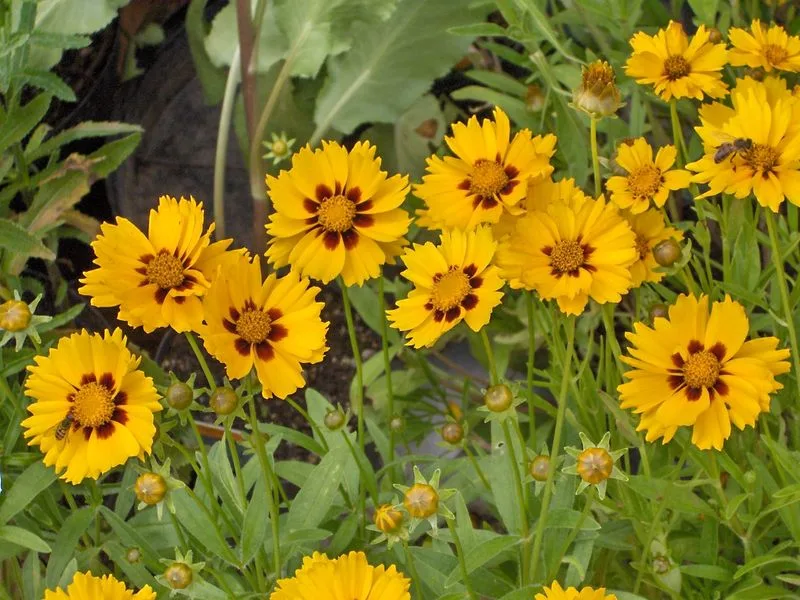
Coreopsis, known for its bright, cheerful flowers, can become congested over time. Divide every three to four years to maintain its vigor and blooming potential. Lift the clump and gently separate it into smaller sections, ensuring each has roots. Replant in a sunny location with well-drained soil. Regular division enhances flowering and prevents overcrowding. This task is best performed in early spring or fall. Enjoy the vibrant display and extended blooming period that coreopsis offers. It’s a wonderful way to propagate more of this delightful plant.
Bleeding Heart
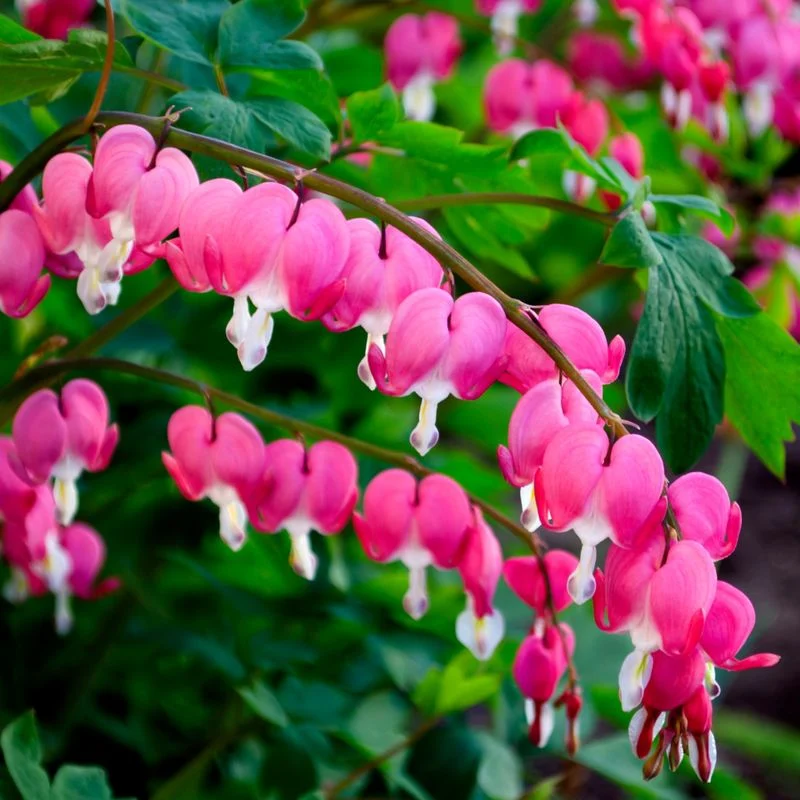
Bleeding heart plants charm with their heart-shaped blooms and delicate foliage. To keep them healthy and blooming, divide every three to four years. Carefully lift the clump and separate it into smaller sections, ensuring each has roots and shoots. Replant in a shaded area with moist, well-draining soil. This practice supports healthier growth and more prolific flowering. Division is best done in early spring or fall. Enjoy the enchanting blooms that add whimsy to garden spaces. Dividing allows for the expansion of these beautiful plants to new areas.
Balloon Flower
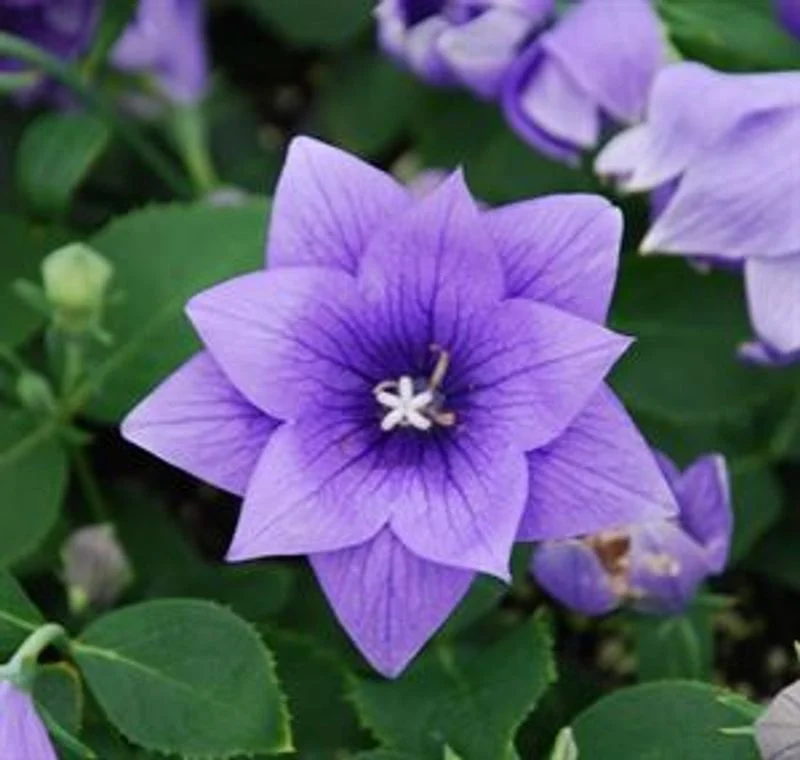
Balloon flowers are admired for their unique balloon-like buds that burst into star-shaped blooms. To maintain their health and vigor, divide every three to five years. Dig up the clump and gently separate it into smaller sections, ensuring each has roots. Replant in a sunny location with well-drained soil. Regular division enhances flowering and prevents overcrowding. This task is best conducted in spring or early fall. Witness the playful blooms that balloon flowers bring to your garden. Dividing also helps in sharing these charming flowers with others.
Asters
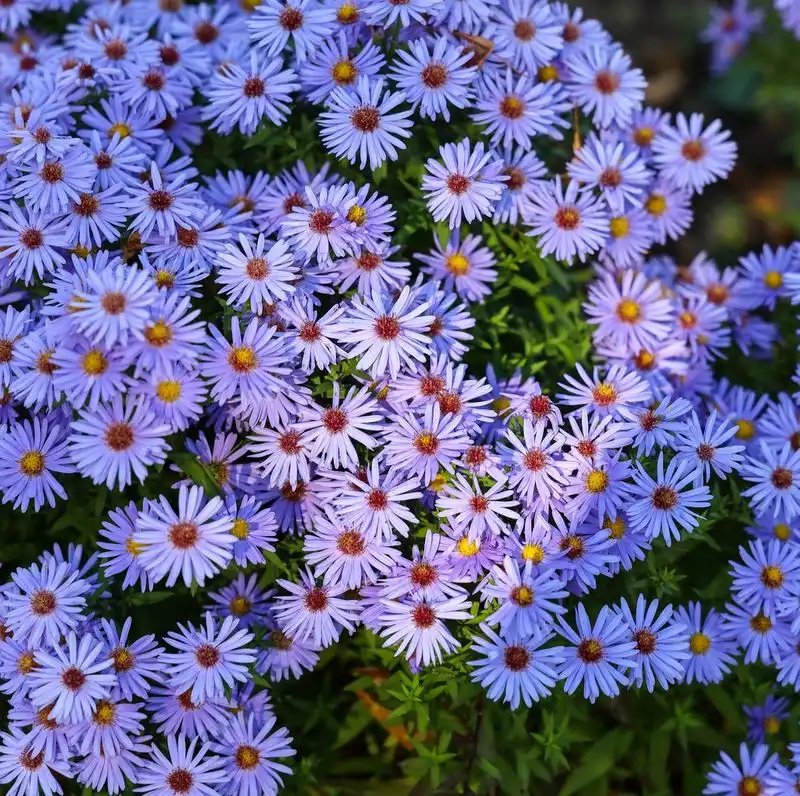
Asters bring a burst of color to the fall garden. To keep them blooming profusely, divide every two to three years. Lift the clump and carefully separate it into smaller sections, ensuring each has roots. Replant in a sunny area with well-draining soil. Division supports healthier growth and prevents overcrowding. Perform this task in early spring or after flowering in fall. Enjoy the vibrant blooms that brighten late-season gardens. Dividing asters also offers the opportunity to share these colorful plants with fellow gardening enthusiasts.
Hellebore

Hellebores, known as Lenten roses, bloom in late winter to early spring. To maintain their health, divide every four to five years. Lift the clump and gently separate it into smaller sections, ensuring each has roots. Replant in a shaded area with well-draining soil. Division enhances flowering and prevents overcrowding. Perform this task after flowering in spring. Enjoy the early blooms that brighten the garden’s coldest months. Dividing hellebores also allows for the propagation of these resilient plants to new garden areas.
Jacob’s Ladder
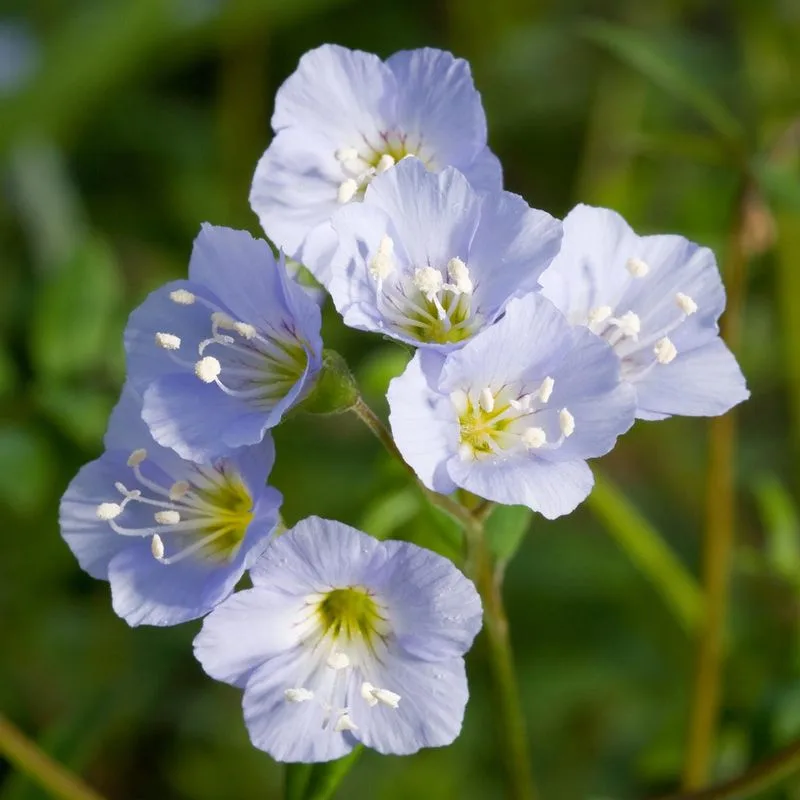
Jacob’s ladder is appreciated for its delicate, ladder-like foliage and charming flowers. To ensure continued vigor, divide every three to four years. Carefully dig up the clump and separate it into smaller sections, ensuring each has roots. Replant in a shaded or partly sunny area with moist, well-draining soil. Regular division promotes healthier growth and more abundant blooms. This task is best done in spring or early fall. Relish the soft beauty and texture that Jacob’s ladder provides in garden settings. Sharing divisions is a bonus for fellow gardeners.
Catmint
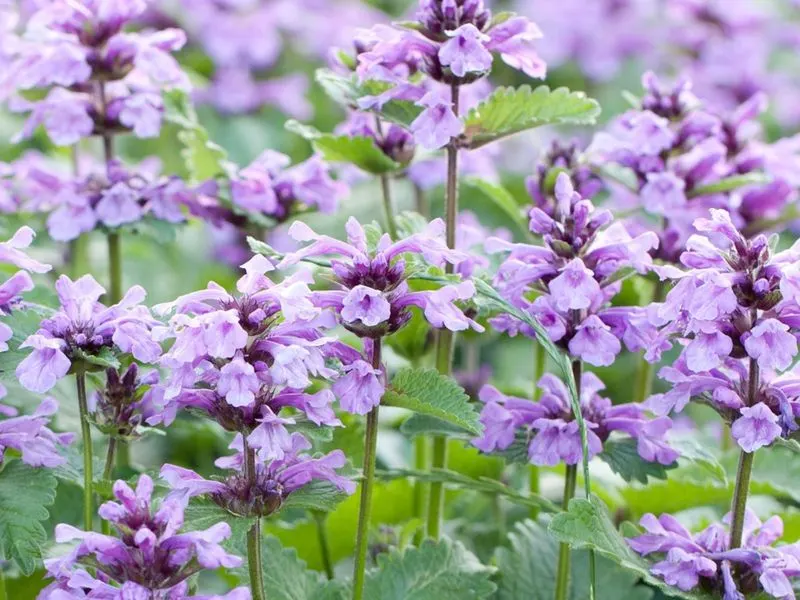
Catmint is known for its aromatic foliage and abundant lavender-blue flowers. To maintain its form and vigor, divide every three to four years. Lift the clump and gently separate it into smaller sections, ensuring each has roots. Replant in a sunny location with well-drained soil. Regular division enhances growth and flowering, preventing the plant from becoming woody. This task is best performed in early spring or fall. Enjoy the fragrant blooms that attract pollinators and add charm to garden borders. Dividing also allows for expanding this delightful plant.
Veronica
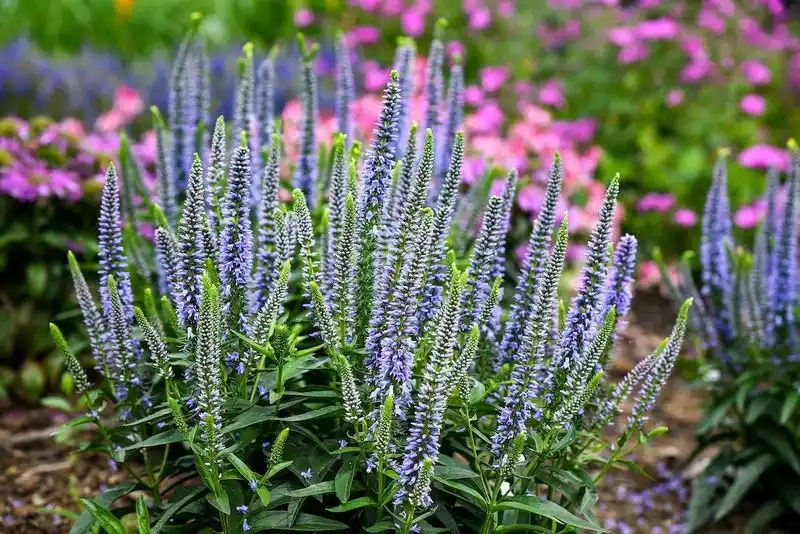
Veronica, or speedwell, offers spiky blooms that add vertical interest to gardens. To keep them thriving, divide every three to four years. Dig up the clump and gently separate it into smaller sections, ensuring each has roots. Replant in a sunny or partly shady area with well-drained soil. Division supports healthier growth and more prolific blooming. This task is best done in spring or early fall. Enjoy the striking flowers and vibrant colors that Veronica brings to garden spaces. Dividing also helps in propagating more of these charming plants.

